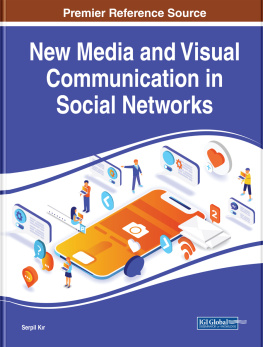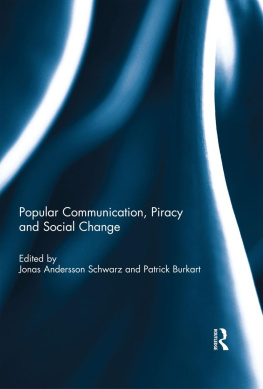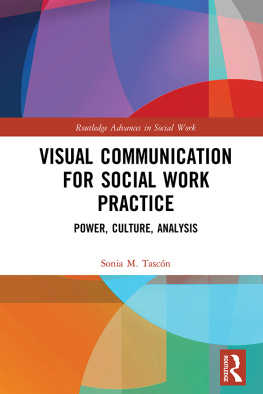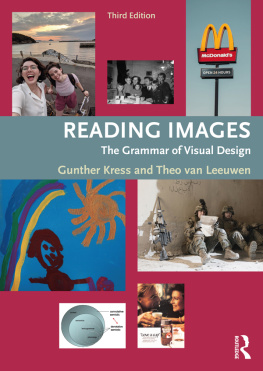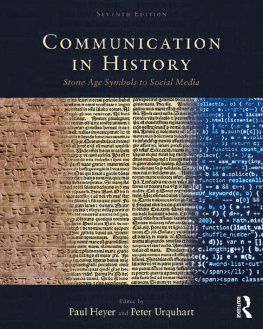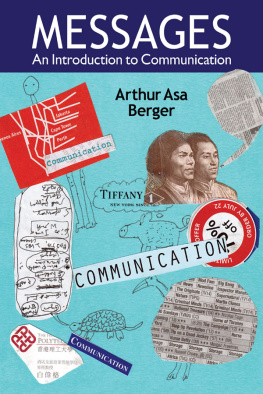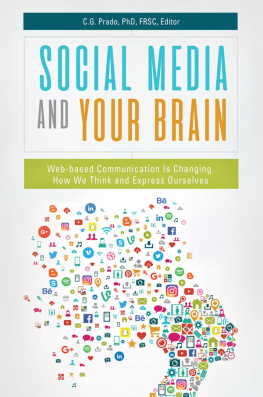Chapter 1
Presentation of Visual Culture Elements in Digital Environments With Special Effect Technologies
- Trker Elita
Kyrgyz-Turkish Manas University, Kyrgyzstan & Hatay Mustafa Kemal University, Turkey
ABSTRACT
This chapter is important in terms of the visualization of the meaningful relationships of the digital media which emerge with the integration of technology into the communication processes and the special effects applications which are the other technology that consecrate it. In addition, visual culture is a phenomenon that is shaped by vision-based elements in the attitudes and behaviors that arise from a simple point of view through evaluation and reception process. In this process, there is a dialectical relationship between perceiver and perceived. The most important argument of this dialectical relationship is the images. In this context, this chapter is important in terms of revealing the fact that special effects applications, which are the constituent element of the image in the digital media, which presents the relationship between perceiver and perceived, are presented with simulaks and the individual determines the cultural attitudes and behaviors in these digital environments with these unrealistic images.
INTRODUCTON
The understanding of communication, which has reached a different dimension in the focus of technological developments, has become a discipline in which the messages are mass-consuming, especially with the mass media spreading on the social plane. The subjective structure of communication has evolved into objectivity produced under the influence of social collectivity with mass communication tools. The most widely used mass communication tools are undoubtedly new communication technologies. Addressing the majority of the world's population, these technologies and the basic indicator of these technologies, the internet, and computer, during a period of mass-oriented transmission processes, has undertaken the task of producing information. The introduction of individuals' participation in social processes through new Communication Technologies has led the internet to become a source of communication that produces meanings for social reality. New communication technologies, which gather many different sources of information on a holistic basis, address different audiences with heterogeneous content. As a matter of fact, the reality produced in New Communication Technologies, which dominate both visual and auditory sensations, has a high level of credibility.
The new functions that are added to the communication tools together with the developments in communication technologies create changes in the functionality of the vehicle to which it is added. Manipulative operations on the information used to produce meanings of reality are very important in the context of creating a new perception of reality. Visual content used in digital media is altered by manipulative processes and is intended to be ambiguous.
The manipulation process, called special effects, refers to the manipulation of visual and audio content. First, with the special effects that began to be used in cinema, television's rise and with the transformation into a home-type cinema, it has also been used in television content, and in recent times, new communication technologies have become the founding element of the virtual space. Special effects applied as analog in the early days, today with the development of digital-based technologies, mostly applied in the computer environment. Special effects, which are the constituent elements of visual culture, have become one of the essential elements of the narrative structure of the image, reinforcing the reality produced by connecting the visual and auditory content of the image. The start of building the organic bond of the image with special effects has resulted in the presentation of encoded meanings in the content with special effects.
In this study, a theoretical and conceptual discussion on visual culture and individual relation is made on the relation of visual culture elements with special effect technologies in digital environments. In this context, study data analysis is based on the theory of meaning, which is a hermeneutic (interpretation) approach that emerged in the 19th century. The hermeneutic approach makes it possible to read and study texts composed of written texts or images in human sciences, especially in philosophy, art history, religious studies, linguistics, and literature.
ON VISUAL CULTURE
Visual culture is an interdisciplinary concept. Therefore, it is possible to encounter different definitions by different disciplines. However, the concept at the center and the common point of these different definitions is the image element, which is the constituent elements of the image. According to Dunjum, which explains visual culture through this constituent element, visual culture is the objects and images we encounter in our daily lives, such as TV, movies, books, magazines, advertisements, home, and clothing design, shopping mall and amusement park, show arts and other visual products and communication forms (2002, p. 19). Again, Tavin, who takes the image to the center and explains the visual culture from a postmodern point of view, evaluates the visual culture as a result of the effects of the images produced by communication technologies on human attitudes and behavior. In addition, visual culture is a situation that focuses on various visual practices; this is indeed every visual that is made up of various objects and images in motion (2009, p. 22).
Visual culture, which is a description of the acquisition and attitudes gained with the sense of sight, is a re-interpretation of the codes attributed to culture through the experience of seeing. This interpretation of the visual act is particularly closely related to the depth of the relationship between the image and the individual and to the positioning of the image. In this ordinary movement, the image is an important element in the process of interpreting and internalizing what an individual sees and showing variation from individual to individual. So understanding the visual culture in full is a good way to read the concept of image.
In this culture where images are dominated, individual forms attitudes and behaviors under the roof of the image. The image, a projection that the senses transmit to the brain, can be explained as the object's response to the brain. Thoughts on the image go back to ancient times. The image especially tried to be explained in a philosophical plane by Plato and Aristotle, has been transformed from past to present as an expression of the relationship between perceiver and perceived, and the interactivity between perceiver and perceived has been tried to be explained as an image in the present age. The image of the object perceived through the sensory organs is the imaginary image of the object in the mind (Bolay, 2009, p. 44). Akarsu, on the other hand, described as a tangible or intellectual copy of something that is perceived by the objects and the bodies of senses, which are seen in a way that can be directly re-introduced to an object (1988, p. 104). The image is not just a trace of visual activity in the brain. It is also an image designed by memory without warning. In this context, images can be created by the projection of the human brain in the brain without being perceived. In this context, it is possible to search for visual cultural arguments, which are a process that is woven with images, everywhere the image exists.
Visual culture, which is an image process, requires the effective use of visual action. In this process, especially the individual's vision of the images and analysis of these images is one of the most important characteristics of visual culture. In this context, developing communication technologies, especially the means of transmitting images from writing to the internet, triggered the rise of visual culture, as well as the fact that the individual perceives the images according to global values. In the period when new communication technologies, which McLuhan described as the electronic age today, were introduced to social and cultural structures, Bernard's claim that the visual cannot be independent of culture (2002, p. 27) has lost importance with the formation of global culture created by global images.

